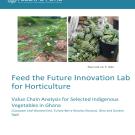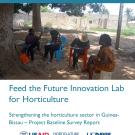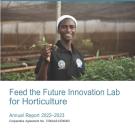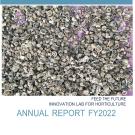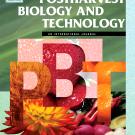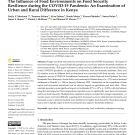Information Resources
As part of their research process, Horticulture Innovation Lab partners create fact sheets, presentations, posters, journal articles, and other information products to share with farmers, academics, and other participants in their projects. These horticulture resources are sorted by country, value chain part, type of information, crop, and other category tags. We hope you find these information products useful in your work with fruits, vegetables, and farmers.



